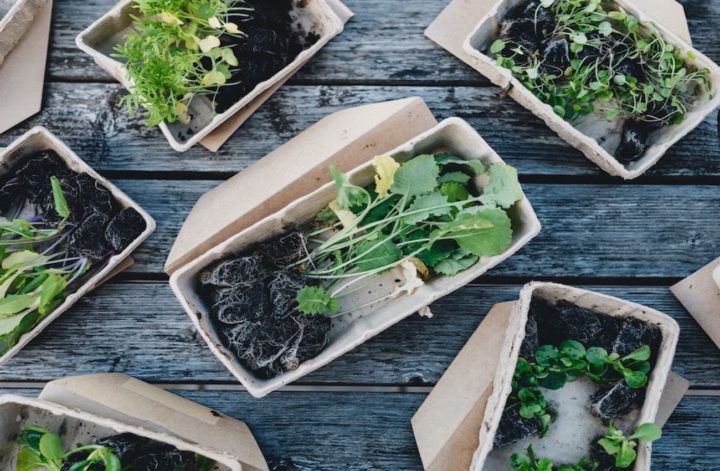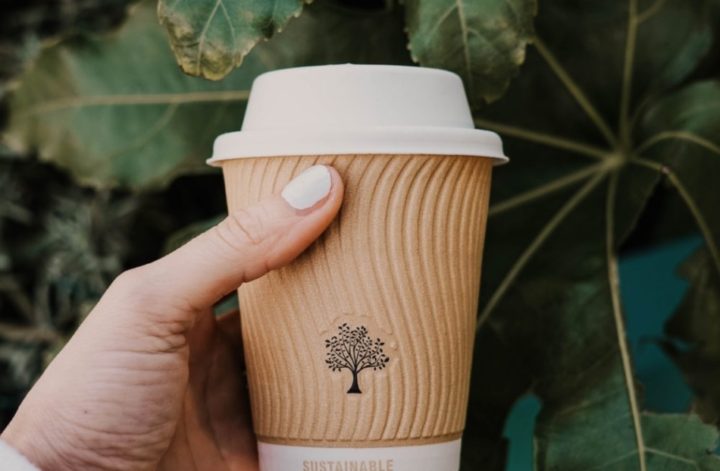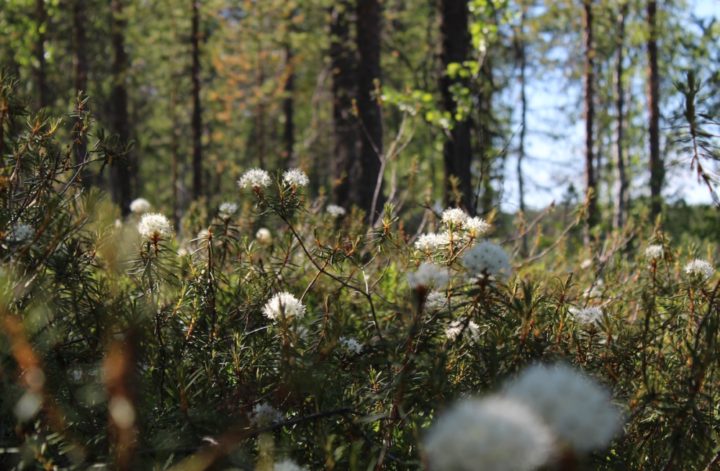Biodegradable and compostable are used interchangeably to describe packaging or products. These terms can often be misleading and create confusion. What is the difference between them, and are they good alternatives for the environment?
The truth is, most items are biodegradable if given enough time to break down, a reason it’s essential to evaluate the environmental impacts of each. To do this, we need to understand how material breaks down and into what final form.
WHAT DOES BIODEGRADABLE MEAN?
Biodegradable means the product’s material can break down or degrade by natural processes in the presence of microorganisms such as bacteria or fungi.
Biodegradable products include items that are plant-based, animal-based or natural mineral-based.
The breakdown rate depends on the type of material and conditions; for example, aerobic or anaerobic, temperature, light and moisture. Biodegradation can occur with or without oxygen and increases at higher temperatures because microorganism reproduction accelerates in warmer conditions.
Here’s a list of everyday household items and the rate of biodegradation in the natural environment.
| Vegetables | 5 days –1 month |
| Paper | 2–5 months |
| Cotton T-shirt | 6 months |
| Tree leaves | 1 year |
| Tin cans | 50–100 years |
| Aluminium cans | 80–100 years |
| Glass bottles | 1 million years |
| Plastic bags | 500 years to forever |
Tin and aluminium cans, glass bottles, and plastic bags are not biodegradable due to the time it takes to break down.
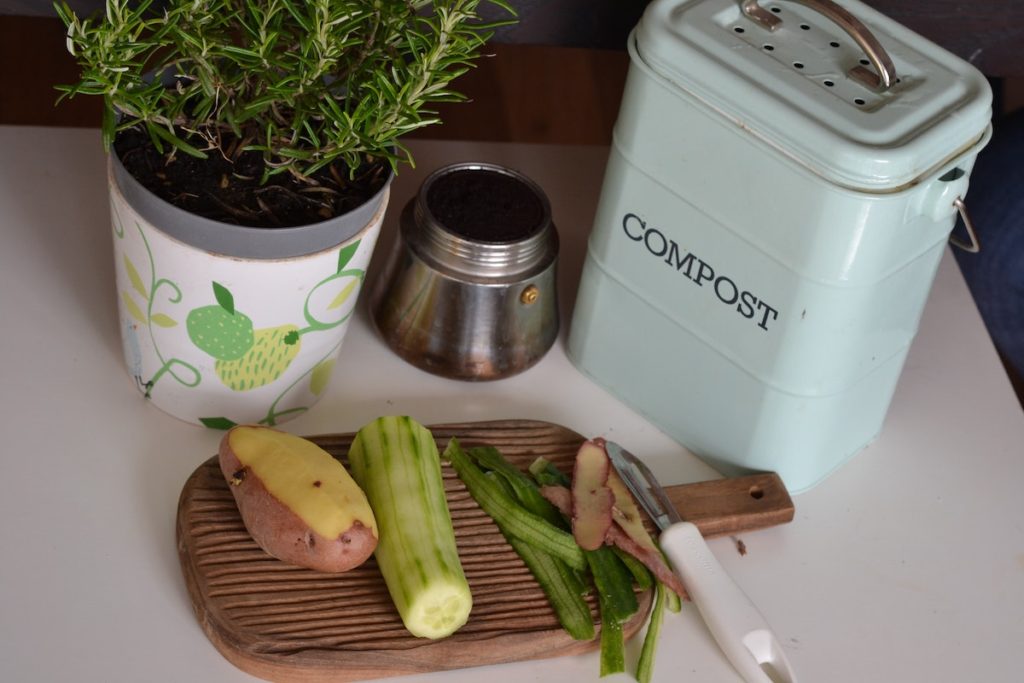
WHAT DOES COMPOSTABLE MEAN?
When exposed to compost-like conditions, compostable products will break down into non-toxic, natural components; examples include kitchen scraps, eggshells, or paper. These materials break down to soil-like humus, rich in nutrients and used as fertilizer.
Thus, composting is the recycling of organic waste into a usable product beneficial to the environment. Similar to biodegradation rates, the breakdown rate of compostable items depends on material type, moisture, oxygen level and temperature.
Compostable materials require specific conditions to break down material efficiently. This is why compostable items sent to landfills will not break down; the landfill lacks the necessary microorganisms and aerobic conditions.
Compostable products are only good for the environment when exposed to the right conditions for them to decompose. There are two types of composting: home and commercial composting.
HOME COMPOSTING
Home composting is your typical backyard or patio compost consisting of food scraps and yard clippings. The compost requires regular mixing and added moisture to create optimal conditions for breaking the organic matter into smaller components. Avoid meat, bones, fish or cheese in your home compost because they create odour, attracting bugs and rodents.
COMMERCIAL COMPOSTING
Commercial composting facilities manage large volumes of food waste from restaurants and homes and include many items not suitable for your home compost (like meat, fish, bones). Grinders and chippers, optimal moisture, temperature, and oxygen accelerate decomposition.
Many products claim to be compostable; however, we must understand how to compost the item correctly. Before buying compostable products, look at what it’s made from and what is required to compost the item. Can it go in your home compost or commercial compost? Does your local commercial facility accept the product?
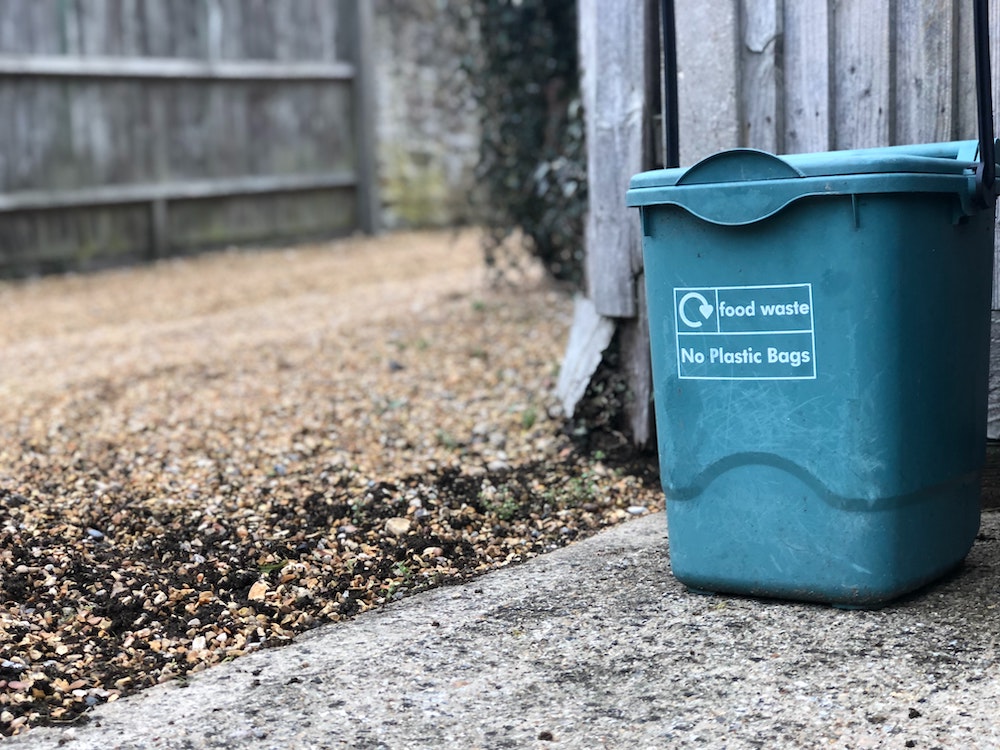
WHAT IS THE DIFFERENCE BETWEEN THE TWO?
It’s easy to see how biodegradable and compostable are often confused. Here are the differences between the two:
- Biodegradable items break down by physical or chemical conditions in the natural environment. In contrast, compostable items require specific conditions and human intervention to break down properly.
- Once broken down, compostable materials result in soil-like humus, rich in nutrients, while biodegradable materials can leave residuals like plastic or metals.
- Compostable items are biodegradable, but not all biodegradable items are compostable.
BIODEGRADABLE AND COMPOSTABLE PLASTICS
The increased awareness of the harmful effects of plastics has led to the development of bioplastics. Bioplastics are made from plant-based materials, such as corn, cellulose, bamboo, vegetable oil or food waste and are showing up in cell phone cases, grocery bags, to-go cups and coffee mugs.
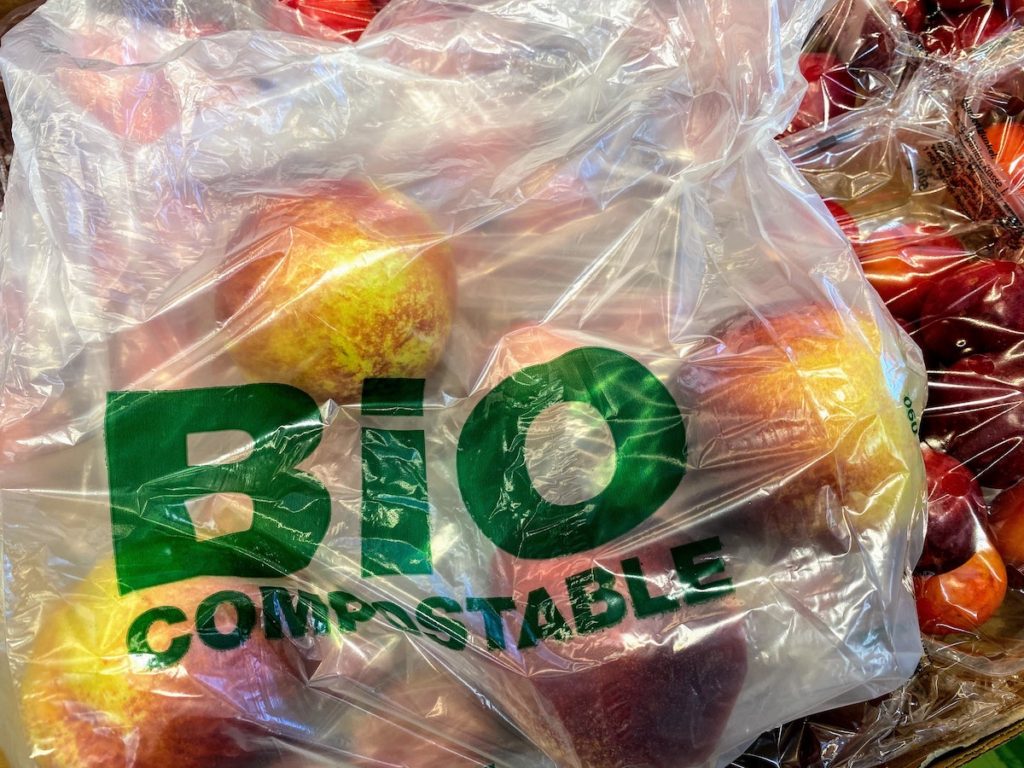
BIODEGRADABLE PLASTIC
For plastics to be considered biodegradable, they must break down faster than their regular plastic counterpart. Biodegradable plastics contain chemical additives to accelerate the breakdown. Meaning it breaks down anywhere between 1 year to a couple of decades, depending on how it’s disposed of.
The advantage of biodegradable plastics is the ability to degrade faster, reducing landfill volumes. However, the problem with these plastics is that they break down into microplastics. Microplastics are tiny pieces of plastics, found in drinking water, glaciers and our food chain.
Another challenge with biodegradable plastics is the lack of facilities to process them, so they end up in landfills. The chemical additives prevent these plastics from going to compost facilities, and recycling programs will not accept them. More and more bioplastics are showing up as an alternative to fossil fuel plastic, so be mindful of the polylactic acid (PLA) or #7 PLA labelling for proper disposal.
COMPOSTABLE PLASTIC
The challenge with compostable plastics is they require specific conditions to break down, such as UV light rays, optimal moisture and oxygen and high temperatures. Compostable plastics will give off methane gas without these conditions, a greenhouse gas with the highest atmospheric warming potential.
Compostable plastics cannot be added to your home or commercial compost because they don’t produce sufficient heat energy to break down the material. Since commercial composting facilities are not able to process the plastic, it ends up in landfills.
For proper disposal, compostable plastics cannot contain toxic materials that can leach into soils. Check with your local composting facility to see which materials they accept.
FINAL THOUGHTS:
It’s easy to see how biodegradable and compostable items can mislead or confuse a consumer. As we can see, simply labelling something as biodegradable doesn’t provide clear instructions on how to deal with the items at the end-of-life responsibly. What do you think? Is it up to the consumer to be well informed, or should companies clearly outline the proper disposal of their products?

